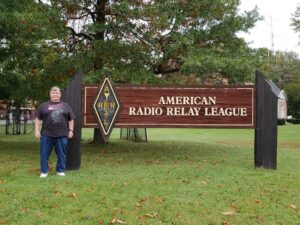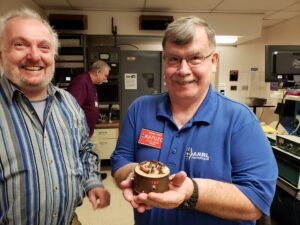There are many facets to amateur radio. There is the hobby side that covers everything and there is the Emergency Services side which deal with what it says.
Some of the many hobby side of things include: television, satellite work, low power work called QRP that is under 5-watts, there is a multitude of digital programs now doing different things, long distance communicating, moon bounce, and the list goes on.
There are awards and contests that deal with Worked All: states, counties, countries, grid squares, islands, and the list goes on.
The modes of operation consist of: voice, code, digital, TV, low power work called QRP (5watts and under), and QRPp (1watt and under). And all of these also have multiple aspects of each element of operation.
There are three current levels of license: Technician, General, and Extra. But still recognized are: Novice and Advanced. Each level has its own requirements and restrictions.
When dealing with the emergency services side of the hobby it is called Amateur Radio Emergency Services, better known as ARES. It is the operational portion of the parent organization, the American Radio Relay League, ARRL as most people call it. The photo was taken in Oct ’18 while I was attending Section Manager’s School.

One of the facets of ham radio is QRP, low power under 5 watts. And QRPp is low power under 1 watt. I have had a lot enjoyment doing QRP and QRPp work. I have a WAS, Worked All States, using 1.8 watts phone/voice and that was a challenge but a lot of fun. While I was at ARRL HQ I was able to old the holy grail of QRP radios, the Tuna Tin. It was a full blown radio transceiver put on circuit boards inside a tun time, thus the name. The photo on the right is the ARRL museum curator and I, with me holding the original Tuna Tin.

There are several things to consider when operating a ham radio station. A good radio with the best antenna and coax, but the lowest power possible to make the contact. My tower surely adds to the mix even though my wife says it is cheating! I have a HyGain Explorer 14 with the 40m add-on with a CDE Tailtwister rotor, and LMR-400 coax at 80′. My main station HF radio is an ICOM IC-7000. I do have other radios…..a lot of them are QRP and all have different uses. Some of the list is: HW-7, HW-8, and HW-9 with all the accessories. Ten-Tec Argonaut 505, A complete stack of MFJ 9000 series units with tuner and rechargeable battery pack.
